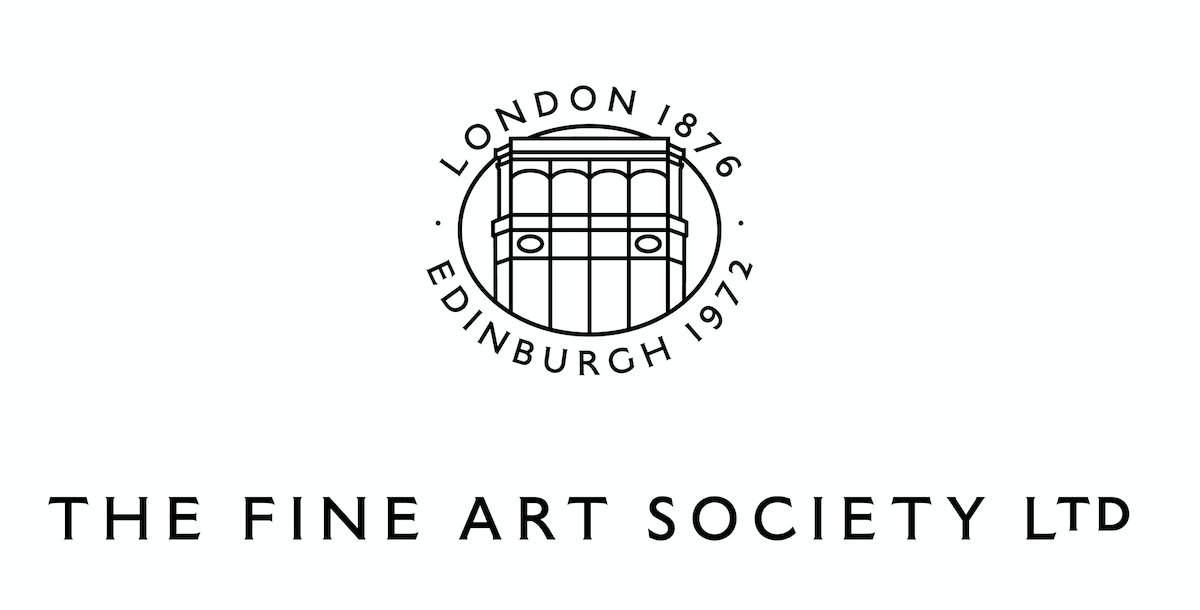Frank Dobson 1886-1963
Frank Dobson was born in Acton Street, St Pancras, London on 18 November 1886. His father was a commercial artist, and young Frank was introduced to the technical aspects of painting at an early age. His father also fostered in him a love and respect for fine art by taking him on frequent visits to the National Gallery.
In an extended interview with the writer and academic Stanley Casson broadcast by the BBC in 1933 Frank Dobson set out his intentions and ideas concerning his sculpture. ‘The primary appeal of sculpture’, Dobson declared, ‘is to the emotion which results from contemplating the peculiar and apparently static evolutions which take place when a number of forms are superbly assembled’. Questioned by Casson about what he meant by this, Dobson expanded further: All the finest works of sculpture which I have seen have a peculiar still quality, which I call static. Underlying this, the forms … or the multiple of them, are assembled in such a fashion that one is aware of a continuous and beautiful movement within the whole which I like to call rhythm. One limb is given a fullness which leads up to another shape …. Dobson apologised that it was difficult to define something which he struggled precisely to put into words. But moreover, that it was exactly this need to represent some indefinable emotion, which stood outside the strictures of spoken language – and summoned by the rhythmic relation of sculpted forms one to another – which made him a sculptor.

